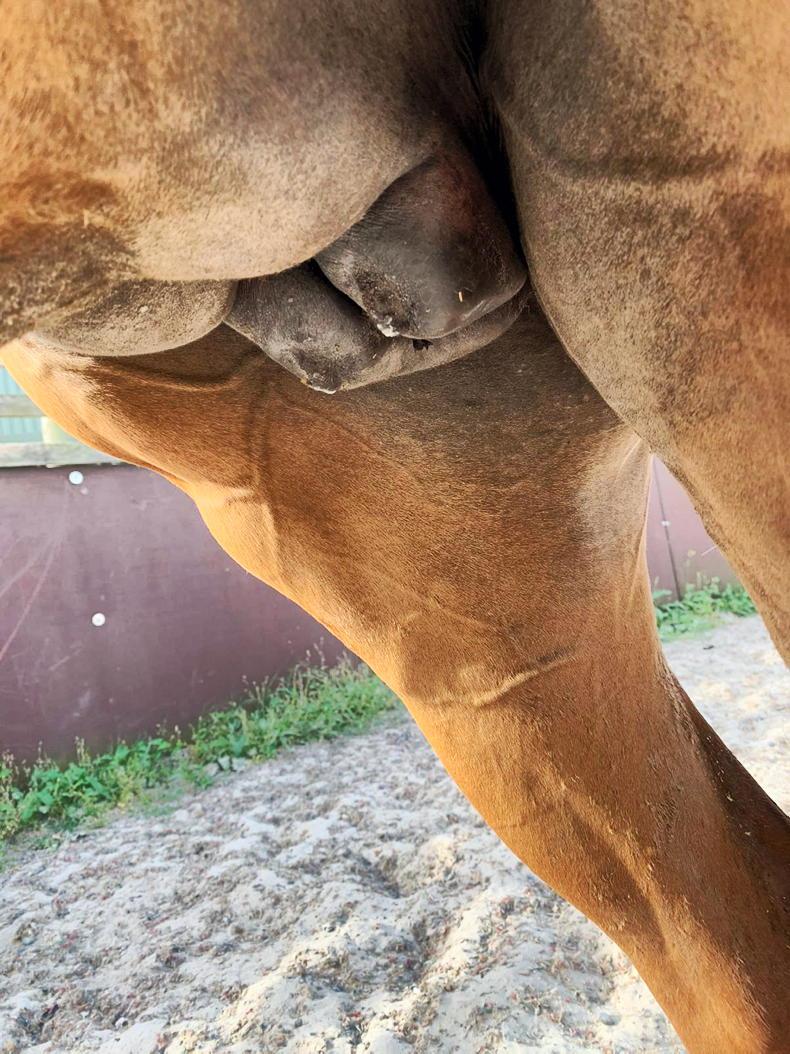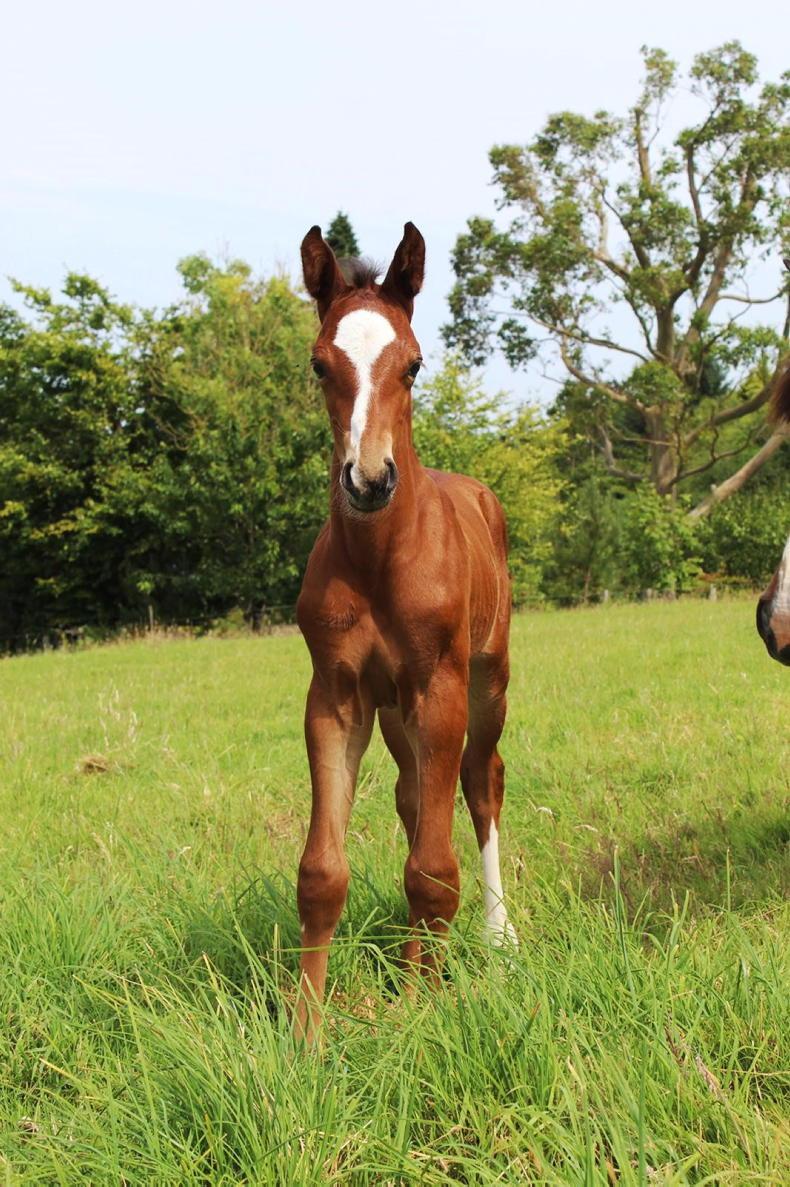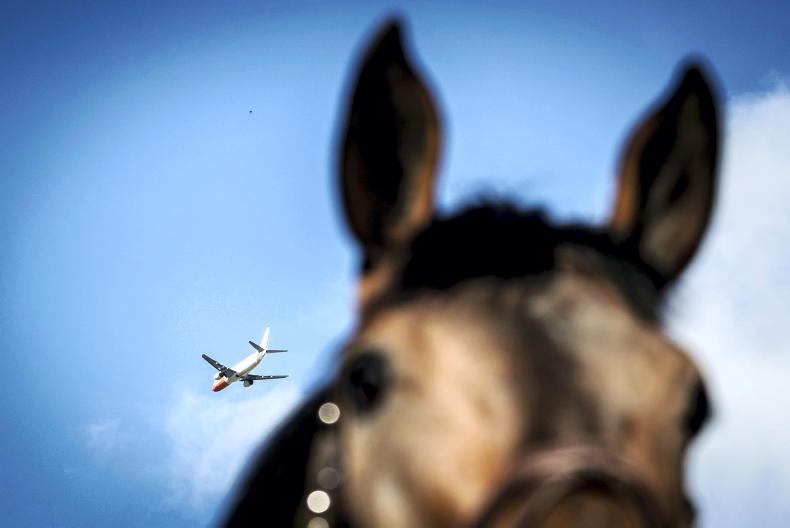A small sensor capable of recording 2,400 data points of movement in just one second is being tested by researchers and could be key in reducing the number of injuries to racehorses.
Researchers in Washington State University (WSU) used the biometric sensors, developed by the company StrideSAFE, to track thoroughbreds as they raced and trained at some of the top racetracks in the country. Using collected data, the team was able to identify minuscule stride changes associated with increased risk of injury, allowing intervention before a catastrophic breakdown. The researchers highlighted three horses flagged in 2023 at Churchill Downs in a case study published in the Journal of the American Veterinary Association.
“These racehorses get extensive examinations before races, but catastrophic injuries still happen, and not because they stepped in a hole or took a bad step. A large percentage have a pre-existing pathology not readily apparent on clinical examination,” said Dr Denise McSweeney, an equine surgery resident at WSU. “From our sensor data, we know most catastrophic injuries have a distinct stride pattern. Now we can see when there’s something wrong with their strides and step in before a major injury occurs.”
The sensors measure changes in the rate and direction in which a horse moves its legs and body, and generate graphs of its stride pattern. The data is processed by an algorithm and compared against an “ideal stride” derived from high-performing, sound racehorses. Using data from more than 6,500 starts, the algorithm also identifies similarities with strides produced by horses that suffered catastrophic injuries. Based on how far a stride deviates from ideal and how similar it is to a stride associated with an injury, the horse is assigned an injury risk factor ranging from 1 to 5.
Horses with a 5 are 950 times more likely to suffer a catastrophic injury than those with a 1, which is close to the ideal stride. Of the horses tracked, 70% have fallen into category 1, with 3.5% in category 5.
To test and refine the algorithm, a sensor was placed on horses starting at Churchill Downs and Ellis Park in Kentucky from April 29 to July 2, 2023. McSweeney was responsible for collecting clinical data on the high-risk horses.
In their case study, the team focused on a pair of three-year-old colts and a four-year-old stallion flagged as category 5. In each instance, the sensors alerted veterinarians and trainers to potential injury risks, prompting diagnostic imaging that confirmed an increased risk of catastrophic musculoskeletal injuries. Each horse avoided catastrophic injury after being given time to recover before returning to the track.
“These are prime examples of how this technology can prevent horses from breaking,” McSweeney said. “With this information, the trainers and their vets were able to put the brakes on, and now these horses are going on to have longer careers and, hopefully, avoid a catastrophic injury.”
McSweeney is hopeful the sensors will become standard for all thoroughbred racing and training.
“I believe this is going to make a huge impact,” she said. “The sensors can save the lives of horses and jockeys -- they already have.”


 This is a subscriber-only article
This is a subscriber-only article
 It looks like you're browsing in private mode
It looks like you're browsing in private mode









SHARING OPTIONS: